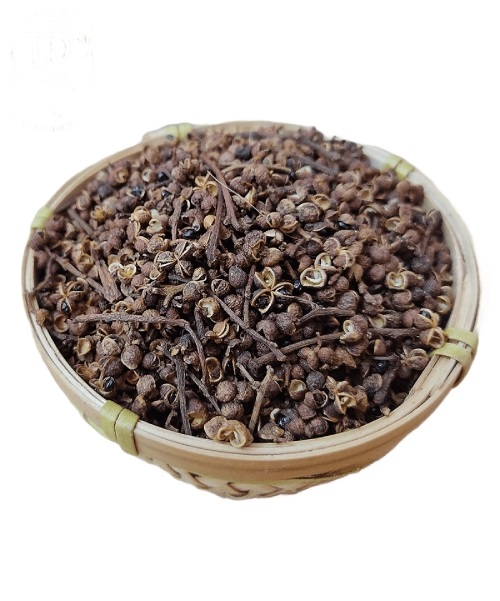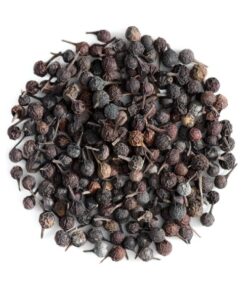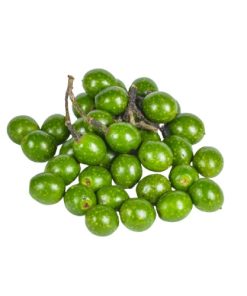PRICKLY ASH PEPPER
Specification:
Botanical name: Zanthoxylum rhetsa
Cultivation method: Wild
Harvest season: Nov to Dec
Grade: Food grade
Process: Sun dry
Color: Natural color
Odour: Typical
Moisture: 13.5% max
Admixture: 1 % max
Packing: PP bag (net :5-10kg)
Shelf Life: Min 2 Years
110 $







